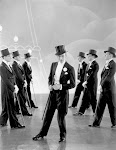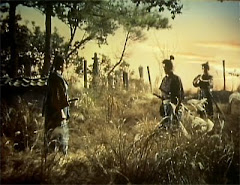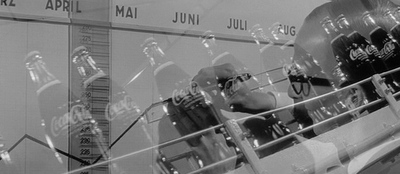 One, Two, Three (1961) is just one example of the excellent films of Billy Wilder. A lively comedy of delight and perfection, it is a quick, bumpy ride bedeviled with obstacles. James Cagney is MacNamara, a headstrong Coca-Cola executive striving for promotion. He is constantly managing and reacting to everything and everyone around him, all of which has the potential to ruin his aspirations. Using his sharp, rapid-fire speech to cut through the confusion, he directs the narrative with decisive force.
One, Two, Three (1961) is just one example of the excellent films of Billy Wilder. A lively comedy of delight and perfection, it is a quick, bumpy ride bedeviled with obstacles. James Cagney is MacNamara, a headstrong Coca-Cola executive striving for promotion. He is constantly managing and reacting to everything and everyone around him, all of which has the potential to ruin his aspirations. Using his sharp, rapid-fire speech to cut through the confusion, he directs the narrative with decisive force. MacNamara creates additional problems for himself through a very personal relationship with his secretary. When his wife becomes suspicious, he works overtime to put out the fires at home. His imminent promotion is nearly derailed when Pamela is added onto MacNamara’s roster of duties. She absconds from his watch, runs off and gets married to a communist activist. It’s up to MacNamara to put the best polish on the whole situation before her parents arrive to meet their new son in law.
MacNamara creates additional problems for himself through a very personal relationship with his secretary. When his wife becomes suspicious, he works overtime to put out the fires at home. His imminent promotion is nearly derailed when Pamela is added onto MacNamara’s roster of duties. She absconds from his watch, runs off and gets married to a communist activist. It’s up to MacNamara to put the best polish on the whole situation before her parents arrive to meet their new son in law.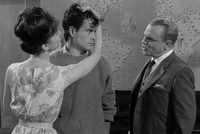 Otto, Pamela’s beau, is a unique challenge to the controlling businessman, as they are equally strong willed in their opposing convictions. Otto’s youth and enthusiasm create an energized counterpoint to MacNamara’s skill and experience. Any film is improved when actors become unclothed, and much to the audience’s benefit, Mr. Wilder makes excellent use of the handsome Horst Buchholz.
Otto, Pamela’s beau, is a unique challenge to the controlling businessman, as they are equally strong willed in their opposing convictions. Otto’s youth and enthusiasm create an energized counterpoint to MacNamara’s skill and experience. Any film is improved when actors become unclothed, and much to the audience’s benefit, Mr. Wilder makes excellent use of the handsome Horst Buchholz.As the story is set primarily in the office of an international corporation, politics becomes a part of the problem. Wilder’s political commentary brings a weight and realism to the story, yet the characters’ dialogue is light and carefree. The conflicts of political opinions seem both deadly serious and insignificant. Stereotypes are played with and against. Wit and mischievous innuendo bring a refreshing mood of cool openness into the environment. However, the American Spirit is a strong presence throughout the film as Captain MacNamara steers the ship.
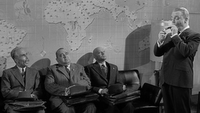 Billy Wilder made fantastic films. His well-crafted scripts bubble with sparkling humor and clever conversation, and bring out the best in the actors and actresses. Exceptional musical scoring and well-paced editing bring a near flawless perfection to the production. His movies age well with time, so many generations to come will surely enjoy the excitement and amusement of his work.
Billy Wilder made fantastic films. His well-crafted scripts bubble with sparkling humor and clever conversation, and bring out the best in the actors and actresses. Exceptional musical scoring and well-paced editing bring a near flawless perfection to the production. His movies age well with time, so many generations to come will surely enjoy the excitement and amusement of his work.



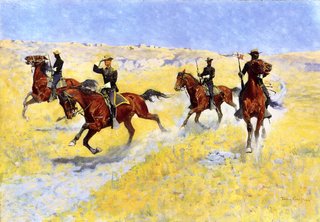
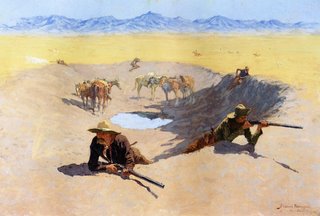








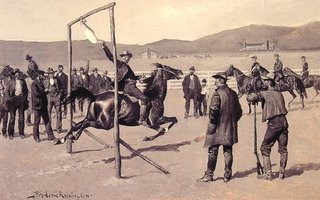
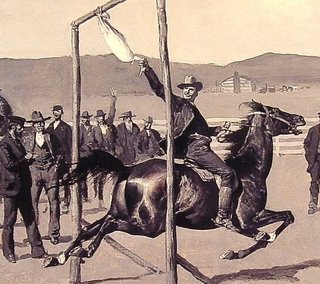
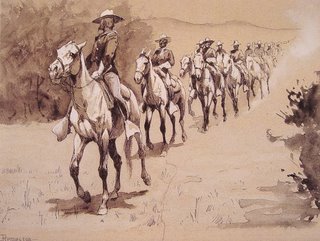

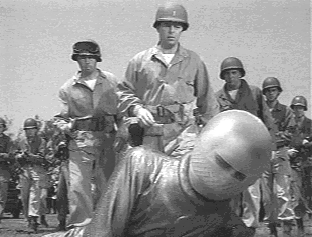
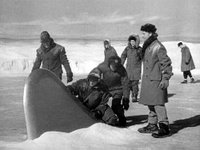

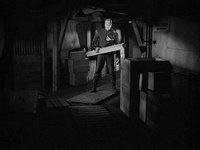





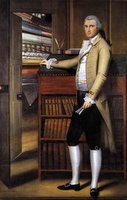















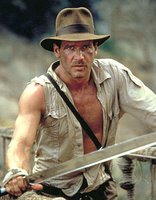
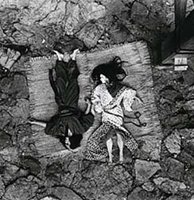



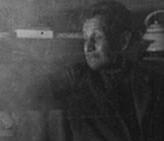





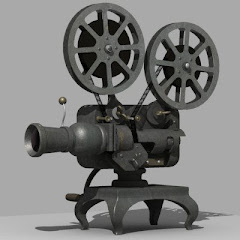
.jpg)
